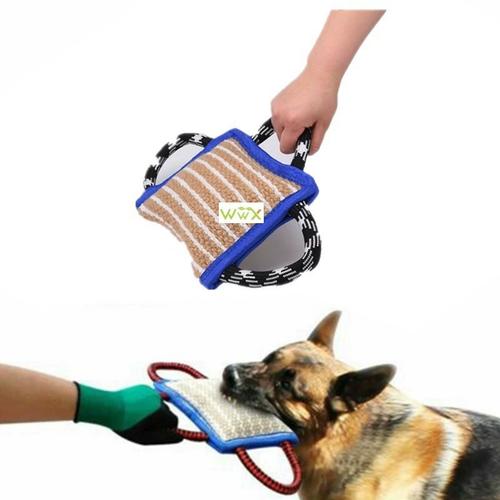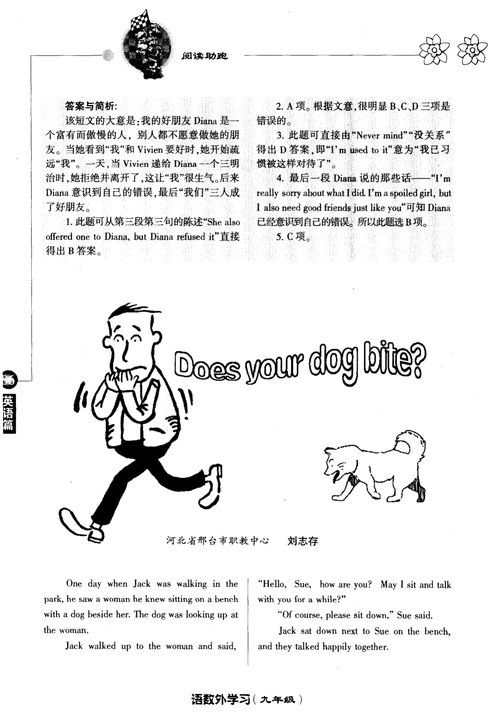
Understanding Dog Bite Levels: A Comprehensive Guide
When it comes to dog bites, understanding the severity of the injury is crucial for both the victim and the dog owner. Dog bite levels can range from minor to severe, and it’s essential to know how to identify and respond to each level. In this article, we will delve into the different dog bite levels, their characteristics, and the necessary steps to take in each scenario.
What Are Dog Bite Levels?
Dog bite levels are a way to categorize the severity of a dog bite based on various factors such as the depth of the wound, the amount of tissue damage, and the presence of infection. These levels help healthcare professionals and dog owners determine the appropriate treatment and care for the victim.

Level 1: Minor Dog Bite
A Level 1 dog bite is considered a minor injury. It typically involves a superficial wound with minimal bleeding and no significant tissue damage. Here are some key characteristics of a Level 1 dog bite:
- Superficial wound on the skin
- Minimal bleeding
- No significant tissue damage
- No signs of infection
In most cases, a Level 1 dog bite can be treated at home with basic first aid measures. However, it’s essential to monitor the wound for any signs of infection or worsening.
Level 2: Moderate Dog Bite
A Level 2 dog bite is considered a moderate injury. It involves a deeper wound with more significant bleeding and tissue damage. Here are some key characteristics of a Level 2 dog bite:
- Deeper wound than a Level 1 bite
- Significant bleeding
- Some tissue damage
- No signs of infection
A Level 2 dog bite may require medical attention, such as cleaning the wound and applying pressure to stop the bleeding. It’s important to seek medical advice if the wound is deep or if there is excessive bleeding.

Level 3: Severe Dog Bite
A Level 3 dog bite is considered a severe injury. It involves a deep wound with significant bleeding, tissue damage, and a high risk of infection. Here are some key characteristics of a Level 3 dog bite:
- Deep wound with significant bleeding
- Significant tissue damage
- High risk of infection
- May require stitches or surgery
A Level 3 dog bite is a medical emergency and requires immediate attention from a healthcare professional. Delaying treatment can lead to complications and prolonged recovery.
Table: Dog Bite Levels Comparison
| Dog Bite Level | Wound Characteristics | Bleeding | Tissue Damage | Infection Risk | Medical Attention Needed |
|---|---|---|---|---|---|
| Level 1 | Superficial wound | Minimal | Minimal | No | No |
| Level 2 | Deeper wound | Significant | Some | No | Yes |
| Level 3 | Deep wound | Significant | Significant | High | Yes |
Understanding the different dog bite levels can help you identify the severity of an injury and take appropriate action. Whether it’s a minor, moderate, or severe dog bite, it’s essential to seek medical attention if you’re unsure about the level of injury or if there are signs of infection.
Remember, preventing dog bites is always the best approach. Educate yourself and your family on dog behavior and safety, and always supervise interactions between dogs and children. By being aware of dog bite levels and taking appropriate action, you can help ensure the well-being of both humans and dogs.







